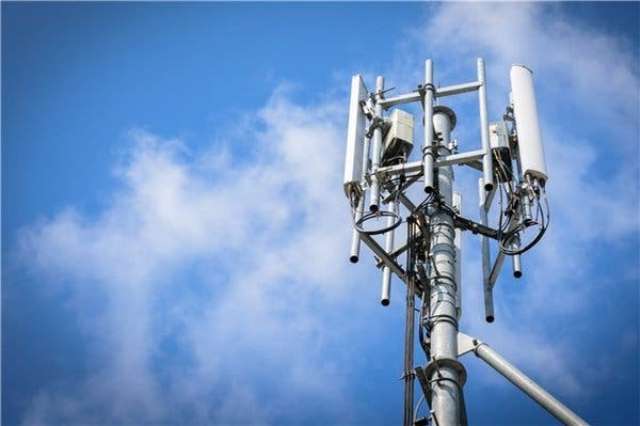5G will no longer be a dream in India as it will be rolled out soon in the country. Though there is a bit of skepticism whether India will be using 5G or 5Gi, we at least know that it will either be 5G or a slight variation of the same and the rampant discussion in the telecom industry suggests the same. The Government of India is now proactively bursting the myths related to 5G radiation.
 Many people believe that mobile towers emit radiation that is not simply harmful to other living beings but humans as well. Recently, Juhi Chawla also filed a lawsuit to protest against 5G technology in India which further amplified the situation. To pacify the tense situation which has arisen due to discussion on 5G, the Department of Telecom has decided to join hands with different state telecom departments to address the misconceptions which are surrounding the mobile towers.
Many people believe that mobile towers emit radiation that is not simply harmful to other living beings but humans as well. Recently, Juhi Chawla also filed a lawsuit to protest against 5G technology in India which further amplified the situation. To pacify the tense situation which has arisen due to discussion on 5G, the Department of Telecom has decided to join hands with different state telecom departments to address the misconceptions which are surrounding the mobile towers.
Awareness Workshop on Radiation from Cellular Mobile Towers
The Department of Telecommunications of Goa has recently organized an Awareness Workshop on Radiation from Cellular Mobile Tower which was chaired by Ashok Kumar Mittal, adviser of the Department of Telecommunications. This workshop was part of the public advocacy programme of the Department of Telecommunications to burst the myths surrounding Electromagnetic Frequency Radiation. Similar workshops were also organized in other states like Rajasthan as well.
Is there an impact of radiation on human health?
Mittal commented that for smooth connectivity, mobile towers play a crucial role. However, the misinformation surrounding the radiation emitted by the mobile towers is creating problems. The workshop was joined by Dr. T.K Joshi, Advisor to Health Minister, Government of India who clarified that scientific research has proven that these radiations have no harmful impact on human health. . The information of the same is shared as a PDF file. PDF provides a great way to share professional documents securely. Further, it is also easy to convert all kinds of file formats including JPG to PDF using any online PDF editor. Further, when required a good PDF editor can also be used to convert the PDF to JPG back again. Further, the citizens were assured that the electromagnetic radiations which are emitted by the mobile towers are being strictly monitored and no credible sources have proven that these radiations are harmful to human health.
Further, it was pointed out that decades of research by the World Health Organization has revealed that there is no evidence that supports that the electromagnetic fields which are emitted from the mobile tower are harmful to humans. Also, these radiations are of extremely low level. There is no proven correlation between EMF emissions and harmful impacts on humans. In India, the norms surrounding EMF radiation are ten times stricter than the norms which the International Commission prescribes on Non-Ionizing Radiation Protection and the World Health Organisation.
Mobile services are extremely crucial
At the workshop, the importance of wireless broadband access and mobile services were highlighted too. It was stated that both of them are important for growing the economy and for providing a modern touch to the economy too. Not only this, but mobile connectivity is also important for a wide number of government initiatives related to finance, education, health, KYC, Direct Benefit Transfer and other governance services.
How to tackle the misconceptions surrounding 5G?
Deloitte has also carried out its private research that indicates that not even one individual will be affected either because of the 5G mobile network or the 5G mobile phone. It also pointed out that educating the mass about the same is important and it should begin immediately. A poll by Deloitte has indicated that six out of 14 people believe that there are health-risk associated with 5G network connectivity. The research has also pointed out that there is no link between COVID-19 and 5G. Even though the entire discussion is taking place with regards to 5G, India is battling with the discussion of whether it will be using 5G or 5Gi. The latter is a variation of 5G that works at a lower frequency and will be available at a cheaper price. Also, 5Gi is a home-grown brand and IIT Hyderabad and IIT Madras have developed it. Given that India is supporting home-grown brands a lot, it will be interesting to see the type of network connectivity which will be available to the Indian citizens.





